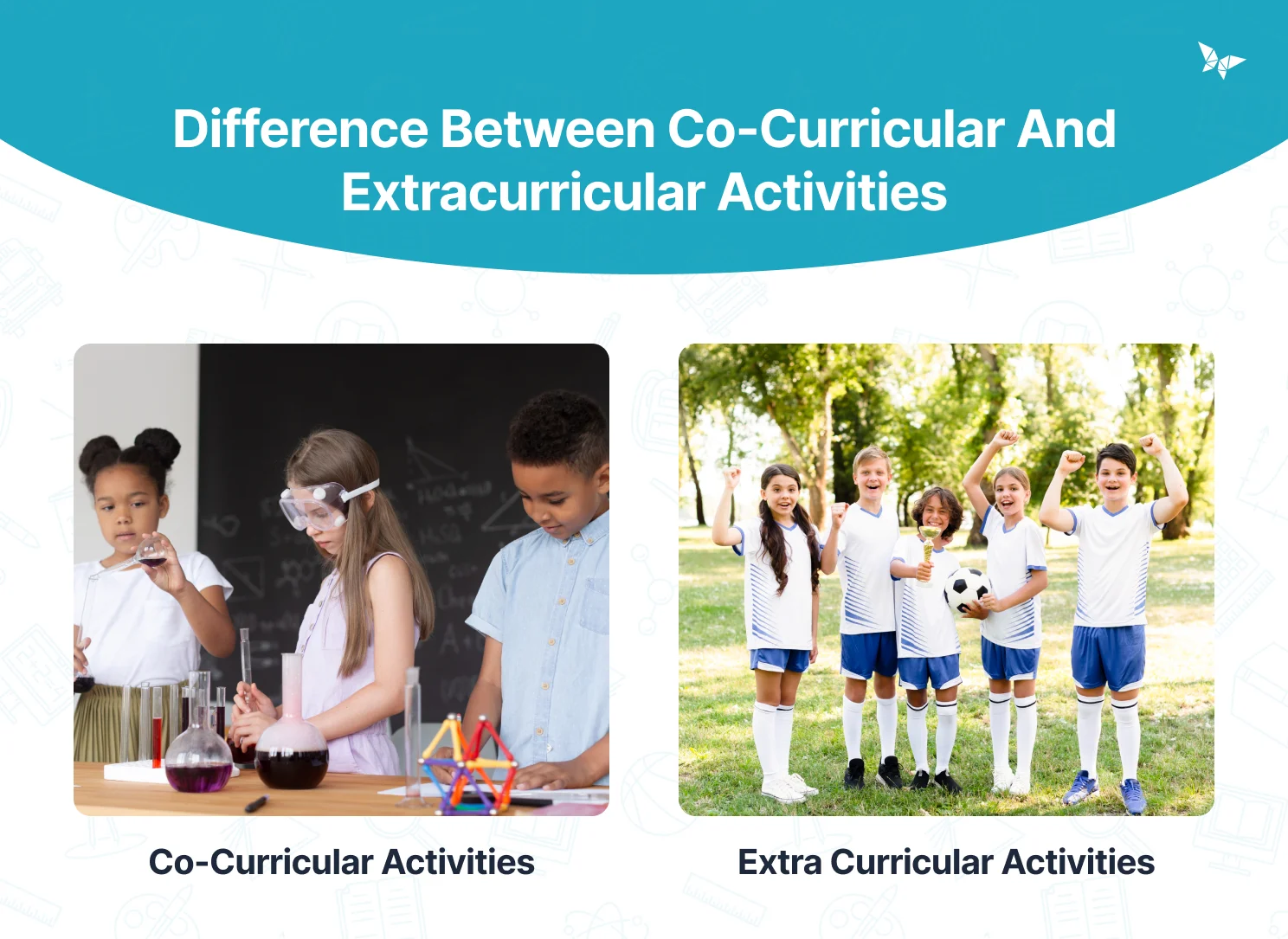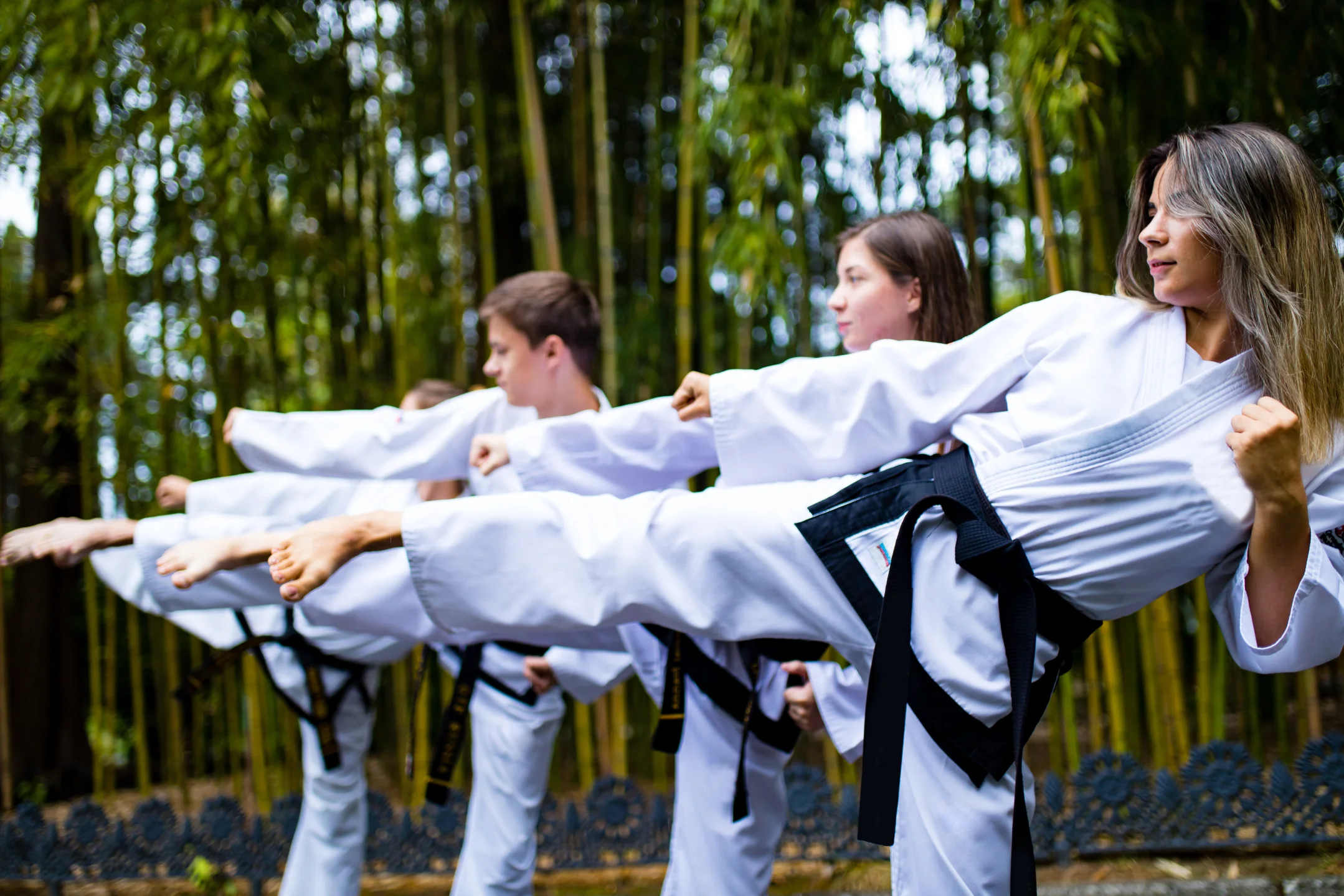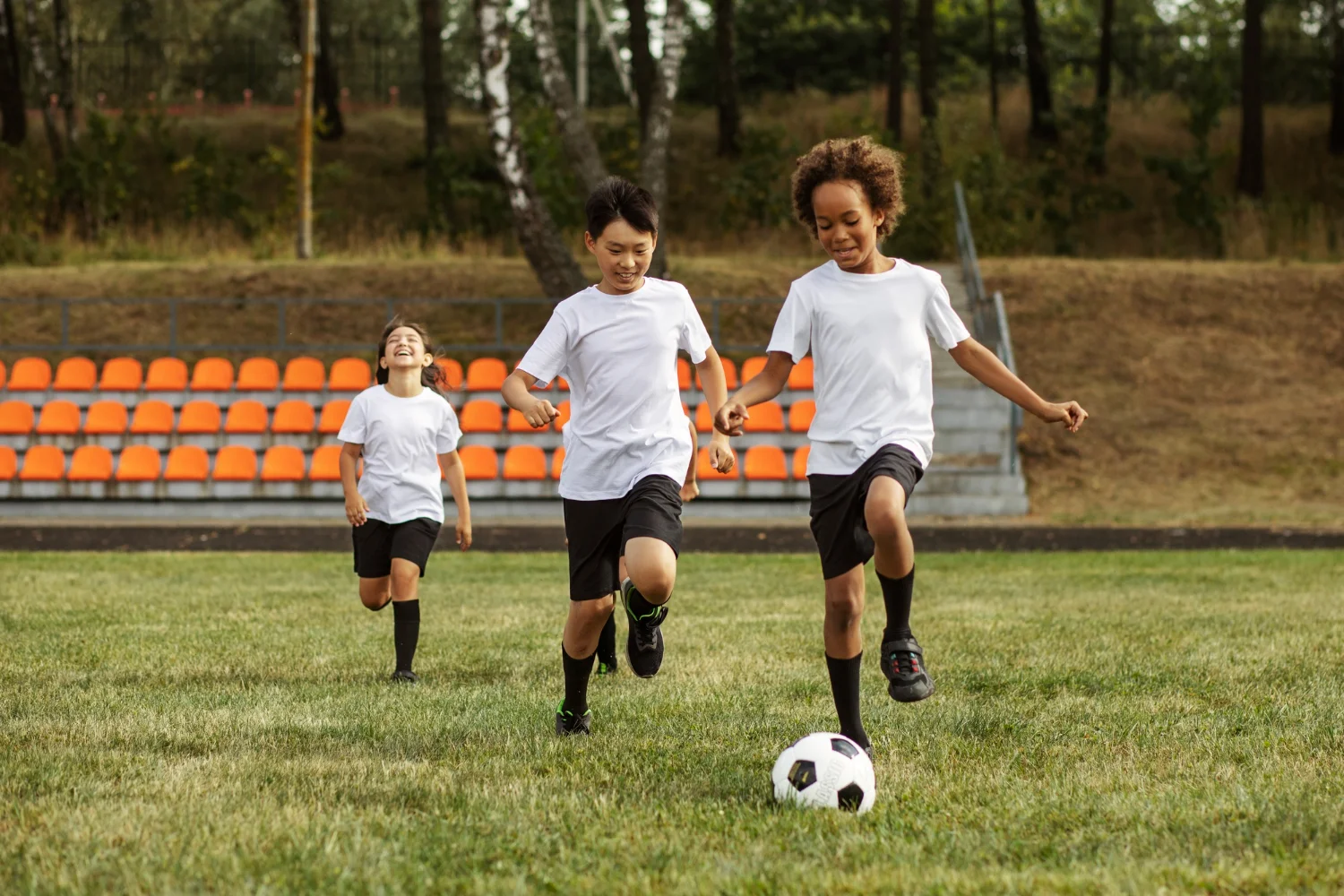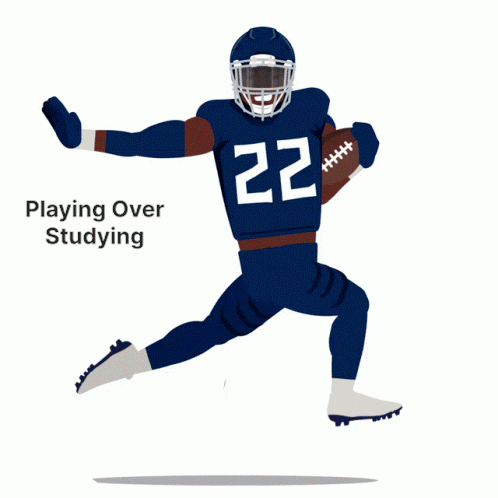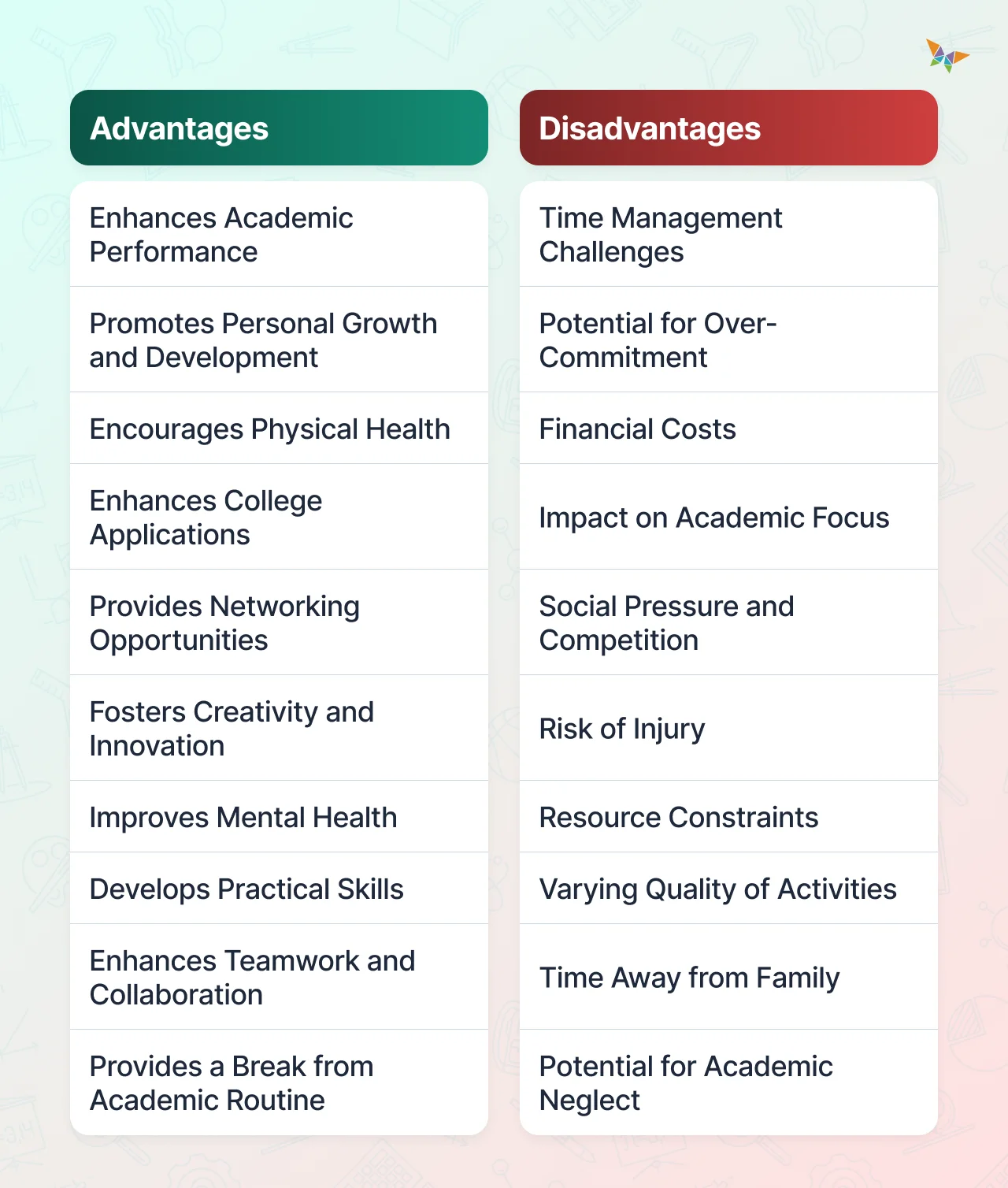Picture this: You walk into your school, and instead of just quiet classrooms, you hear laughter from the art room, cheers from the sports field, and the buzz of excited chatter from the science club. That's the awesome world of co-curricular activities in action!
Simply put, they're the enriching experiences that complement your classroom teachings. They're not just "extra" - they're an integral part of a well-rounded education.
From science fairs to sports teams, from art clubs to community service projects - if it's fun and teaches something valuable, it's probably a co-curricular activity.
Now, you might be wondering, "Why should I care about co-curricular activities?" Well, imagine if you could teach your students not just to ace tests but to be confident, creative, and ready for anything life throws at them. That's exactly what co curricular activities do for your students!
In this blog, we'll cover everything you need to know about co-curricular activities and share plenty of activity ideas for you to explore.
Here is what we’ll discuss:
Table of contents:
- What Are Co-Curricular Activities?
- Types of Co-Curricular Activities with 100+ Examples
- Implementing a List of Co Curricular Activities in Schools
- Overcoming Challenges in Co-Curricular Activities
- Difference Between Co-Curricular and Extracurricular Activities
- Advantages and Disadvantages of Co-Curricular Activities in School
- Bonus Section: What are Supercurricular Activities
So, teachers, are you ready to sprinkle some co-curricular magic into your school?
To put co curricular activities meaning in a nutshell,
Co curricular activities are those extra activities that go beyond the regular classroom lessons. These activities help students learn and grow in different ways that aren’t always covered in their textbooks.
They include things like sports, music, drama, and activity clubs that students participate in outside of their regular school subjects.
They are designed to support what students learn in class and help them develop new skills. Think of them as additional learning experiences that complement the core curriculum.
So, co curricular activities are designed to enrich the educational experience. They allow students to apply their classroom learning to real-world situations and develop new skills.
By participating in these activities, students can become more well-rounded and better prepared for the future.
Learn innovative co-curricular strategies with Suraasa and see how they can make learning more fun and effective for your students. Let’s kickstart making your teaching practice more engaging today!
Now that we’ve explored what are co curricular activities and their role in enhancing students' learning experiences, let’s dive into the different types of co curricular activities.
In the next section, we’ll look at various examples of co curricular activities and see how each type can benefit students in unique ways.
Co-curricular activities in school play a vital role in the holistic development of students. Here is a list of co curricular activities in school with examples, categorized into different types:
1. Co-curricular Activities to Boost Academic Performance 📚🔬🧪📝
Academic enhancement Co-Curricular Activities are designed to extend learning beyond the classroom and foster intellectual curiosity. These activities not only reinforce classroom learning but also encourage students to explore new ideas and concepts. Here are some examples:
⭐Example 1: Science Projects
Academic enhancement through science projects provides students with practical experiences that deepen their understanding and ignite a passion for discovery. It's all about getting hands-on experience that really makes those scientific principles click.
For example:
- Participating in science fairs
- Building models to demonstrate scientific concepts
- Conducting hands-on experiments
- Joining science clubs
- Visiting science museums
⭐Example 2: Math Competitions
Academic enhancement through math competitions challenges students' problem-solving skills and fosters a love for mathematics. Engaging in these activities brings math concepts to life and ignites enthusiasm for learning.
For example:
- Competing in math olympiads
- Engaging in math clubs
- Solving brain teasers
- Participating in math quiz bowls
- Attending math workshops
⭐Example 3: Debate Club
Academic enhancement through debate club builds critical thinking and communication skills. Engaging in debates sharpens persuasive arguments, quick thinking, and deeper understanding.
For example:
- Participating in inter-school debates
- Joining public speaking workshops
- Engaging in mock trials
- Attending Model United Nations (MUN) conferences
- Practicing extemporaneous speaking
⭐Example 4: Literature Circles
Academic enhancement through literature circles promotes a love for reading and deepens understanding. Discussions with peers enhance comprehension and analytical thinking by exploring different perspectives.
For example:
- Discussing novels and poetry
- Writing book reviews
- Participating in reading challenges
- Attending author meet-and-greets
- Engaging in creative writing workshops
⭐Example 5: Technology Clubs
Academic enhancement through technology clubs allows students to build skills in coding and robotics. Hands-on projects ignite creativity, boost problem-solving abilities, and prepare them for a digital future.
For example:
- Building robots in robotics clubs
- Participating in coding and programming workshops
- Joining hackathons
- Attending tech fairs
- Developing apps or games
2. Co-Curricular Activities to Boost Physical Development 🏃♂️🏀🏋️♀️🧘♀️
Physical development Co-Curricular Activities focus on promoting physical health and well-being. These activities help students develop teamwork, physical endurance, and a healthy lifestyle. Examples include:
⭐Example 1: School Sports Teams
Physical development through school sports teams helps students build teamwork, enhance fitness, and hone athletic skills. Engaging in these activities promotes health and instills a lasting passion for sports.
For example:
- Playing on the basketball team
- Joining the soccer team
- Competing in track and field
- Participating in swimming
- Engaging in gymnastics
⭐Example 2: Physical Education Classes
Physical development through physical education classes helps students learn sports, engage in fitness activities, and practice yoga. It focuses on making exercise enjoyable and building a lasting appreciation for staying active.
For example:
- Learning different sports techniques
- Participating in fitness circuits
- Engaging in dance and movement activities
- Practicing yoga
- Attending health and nutrition workshops
⭐Example 3: Yoga Sessions
Physical development through yoga sessions helps students practice mindfulness, improve flexibility, and build strength. It integrates relaxation techniques and physical exercises to boost focus, manage stress, and support a balanced lifestyle.
For example:
- Attending regular yoga classes
- Practicing mindfulness and meditation
- Participating in yoga retreats
- Engaging in breathing exercises
- Learning about the philosophy of yoga
⭐Example 4: Martial Arts
Physical development through martial arts builds discipline, strength, and coordination. It involves structured training that enhances physical fitness and fosters self-control, respect, and confidence.
For example:
- Practicing karate
- Learning taekwondo
- Joining judo classes
- Participating in kickboxing
- Engaging in self-defense workshops
⭐Example 5: Outdoor Adventure Clubs
Outdoor adventure clubs enhance physical development by encouraging activities like hiking and rock climbing. These experiences build endurance, teamwork, and problem-solving skills, while also fostering a passion for nature.
For example:
- Hiking and trekking
- Rock climbing
- Camping trips
- Orienteering and navigation
- Participating in survival skills workshops
3. Co-Curricular Activities to Boost Social Development 🤝🌍🗣️👥
Social Development Co-Curricular Activities help students build leadership, social skills, and community involvement. These activities foster a sense of responsibility, teamwork, and leadership. Examples include:
⭐Example 1: Student Council
Social development through student council builds leadership and teamwork skills. Students plan events, represent their peers, and manage projects, preparing them for future roles and enhancing their school community.
For example:
- Organizing school events
- Planning community service projects
- Representing student interests
- Developing leadership skills
- Participating in school governance
⭐Example 2: Volunteer Work
Social development through volunteer work helps students build empathy and leadership skills. Engaging in community service teaches teamwork and responsibility while making a positive impact.
For example:
- Helping at local shelters
- Participating in clean-up drives
- Assisting at community centers
- Tutoring younger students
- Engaging in environmental projects
⭐Example 3: School Newspaper
Social development through participating in the school newspaper boosts communication and teamwork skills. Students gain experience in writing and editing while working with peers to produce impactful content.
For example:
- Writing articles and reports
- Designing the newspaper layout
- Conducting interviews
- Taking photographs
- Editing and proofreading content
⭐Example 4: Peer Mentoring Programs
Social development through peer mentoring programs helps students build leadership and support skills. By assisting peers academically and emotionally, they foster community and responsibility, all while growing as leaders and mentors.
For example:
- Assisting new students
- Providing academic support
- Offering emotional support
- Organizing peer study groups
- Leading workshops on various topics
⭐Example 5: Cultural Exchange Programs
Cultural exchange programs boost social development by exposing students to different cultures. Through travel and cultural activities, students enhance their global awareness and intercultural communication skills.
For example:
- Hosting exchange students
- Participating in international travel programs
- Learning about different cultures
- Engaging in cultural festivals
- Communicating with pen pals from other countries
4. Co-Curricular Activities Boost Recreational Enjoyment 🎨🎭🎶📸
Recreational Co-Curricular Activities provide creative and leisurely outlets for students. These activities allow students to explore their interests and develop new skills. Examples include:
⭐Example 1: Art and Craft Workshops
Recreational co-curricular activities, like Art and Craft Workshops, provide a creative break from academics. Students explore artistic skills through painting and crafting, boosting their creativity and well-being.
For example:
- Learning painting and drawing
- Engaging in sculpture-making
- Participating in pottery classes
- Creating handmade crafts
- Attending art exhibitions
⭐Example 2: Music and Drama Clubs
Recreational activities like Music and Drama Clubs give students a creative outlet. They can explore music and acting, enhancing their skills and enjoying a fun break from academics.
For example:
- Joining the school choir
- Participating in drama productions
- Learning to play musical instruments
- Attending music theory classes
- Engaging in improvisational theater
⭐Example 3: Field Trips
Recreational activities like field trips let students explore new places and learn outside the classroom. Visits to historical sites, nature reserves, or museums spark curiosity and offer a refreshing break from the usual school routine.
For example:
- Visiting historical sites
- Exploring nature reserves
- Touring museums and galleries
- Attending educational camps
- Participating in factory or industry visits
⭐Example 4: Dance Clubs
Recreational activities like dance clubs give students a chance to explore their creativity and stay active. By learning different dance styles and performing, they enjoy a refreshing break from their studies while building artistic skills and teamwork.
For example:
- Learning different dance styles
- Participating in dance competitions
- Performing at school events
- Attending dance workshops
- Engaging in cultural dance practices
⭐Example 5: Photography Clubs
Recreational activities like photography clubs let students capture and explore the world creatively. By learning photography techniques and sharing their work, students enhance their artistic skills and self-expression.
For example:
- Learning photography techniques
- Participating in photo walks
- Attending editing workshops
- Showcasing work in exhibitions
- Engaging in photo contests
These types of co curricular activities show how students benefit from engaging beyond the regular curriculum.
Understanding the meaning and importance of co curricular activities highlights their role in promoting academic, physical, social, and creative growth.
Incorporating a list of co curricular activities in school enhances overall student development and enriches their educational experience.
To make the most of the different types and list of co curricular activities in school, it’s important to focus on how to implement them effectively in your school.
Integrating a list of co curricular activities in school programs takes some thoughtful planning and organization. These activities are more than just fun—they're key to helping students develop crucial skills beyond the regular classroom.
When done right, they support students' academic, social, physical, and personal growth. By offering a diverse list of co curricular activities in school and managing resources effectively, schools can maximize benefits and enhance students’ overall development.
Planning and Organization
To successfully implement a list of co curricular activities, schools should start with a clear plan. This includes:
- Assessing Student Interests: Conduct surveys or focus groups to understand what activities students are interested in. This ensures that the programs offered are engaging and relevant.
- Setting Objectives: Define the goals for each activity. Whether it's enhancing academic skills, promoting physical health, or fostering social development, having clear objectives helps in measuring the success of the activities.
- Scheduling and Integration: Plan the schedule for activities to avoid conflicts with academic classes. Ensure that there is a balanced distribution of time so that students can participate without compromising their studies.
- Creating a Diverse List: Develop a varied list of co-curricular activities to cater to different interests and skills. Include options such as sports, arts, academic clubs, and social initiatives to offer something for everyone.
- Involving Stakeholders: Engage teachers, parents, and community members in the planning process. Their input can provide valuable insights and support for the activities.
Resources and Support
Adequate resources and community support are essential for the successful implementation of co curricular activities:
- Secure Funding: Allocate the budget for materials, equipment, and staffing, or explore fundraising options.
- Build Partnerships: Partner with local businesses, community organizations, and parents for additional resources and support.
- Invest in Training: Provide training for teachers and staff to effectively lead and support co-curricular activities.
- Create a Supportive Environment: Foster an encouraging atmosphere where students feel valued and motivated to participate.
- Engage the Community: Leverage community resources and support to enhance the quality and impact of the activities.
By carefully planning and securing the necessary resources, you can effectively implement a variety of co curricular activities that enrich students' educational experiences and contribute to their overall development.
Once you have a plan for implementing co curricular activities, it’s essential to be aware of the potential challenges and solutions.
Implementing a list of co curricular activities in school is exciting but can come with a set of hurdles. Here’s how to tackle common obstacles and ensure your activities thrive:
1. Funding Hurdles
❌Obstacle: Money matters! Equipment, uniforms, and event costs can be high.
💡Smart Fix: Organize Fundraisers like bake sales and car washes. Partner with local businesses for sponsorships or apply for grants to support your activities.
2. Scheduling Conflict
❌Obstacle: Balancing co-curricular activities with school and personal schedules can be tricky.
💡Smart Fix: Use Flexible Scheduling with after-school slots, lunch breaks, or rotating schedules. Maintain a master calendar to avoid overlaps.
3. Low Participation Rate
❌Obstacle: Difficulty getting enough students involved.
💡Smart Fix: Increase Engagement with student surveys, incentives, and introductory workshops. Promote activities through school events and social media.
4. Lack of Resources
❌Obstacle: Insufficient resources can limit activities.
💡Smart Fix: Collaborate with the Community, inviting local experts, businesses, and alumni to donate resources or share their skills. Partner with nearby schools to pool resources.
5. Staff Shortages
❌Obstacle: Limited staff can strain your ability to lead and supervise activities.
💡Smart Fix: Recruit volunteers, including parents and alumni. Train student leaders to assist and develop their leadership skills.
6. Uneven Interest in Activities
❌Obstacle: Some activities may draw more interest than others, causing imbalance.
💡Smart Fix: Diversify Offerings to match various interests. Regularly review and adjust the activity list based on feedback and participation trends to keep things fresh and balanced.
7. Lack of Administrative Support
❌Obstacle: Lack of support from school leadership can stall progress.
💡Smart Fix: Promote Your Cause by showcasing the benefits of co-curricular activities with data and success stories. Persuade school leaders of their value to secure the backing you need.
By addressing these challenges with creative solutions, you can transform potential roadblocks into stepping stones for successful and engaging co curricular programs.
Understanding the challenges helps in navigating and successfully implementing types of co curricular activities, but it’s equally important to distinguish between co curricular and extracurricular activities to utilize them effectively.
Understanding the distinction between co-curricular and extracurricular activities can help educators, parents, and students make informed decisions about participation. Here's a breakdown of the differences:
Co-Curricular Activities:
Co curricular activities are designed to complement and enhance the academic curriculum. These activities are closely linked to what students learn in the classroom and aim to support their educational development.
For example, participating in a debate club helps students practice public speaking and critical thinking, skills that are valuable across various subjects. Similarly, science fairs encourage students to apply scientific concepts and conduct experiments, directly tying into their science education.
- Purpose: Co curricular activities aim to reinforce academic learning and develop skills that support classroom education.
- Examples: Science fairs, debate clubs, math competitions, literature circles, and technology clubs.
- Timing: These activities are typically scheduled during or immediately after school hours, making them a structured part of the school day.
- Integration: Often integrated into the school’s educational program, co-curricular activities may be required or highly encouraged as part of the curriculum.
- Assessment: Co curricular activities may be assessed as part of academic grading, with students earning credits or grades based on their participation and achievements.
Extracurricular Activities:
Extracurricular activities, on the other hand, are those that students choose to participate in outside of their regular academic curriculum. These activities offer students the opportunity to explore interests and hobbies that are not directly related to their academic subjects.
For instance, joining a school drama club or participating in a community service project allows students to pursue personal passions and develop skills in areas unrelated to their coursework.
- Purpose: Extracurricular activities provide opportunities for personal growth, stress relief, and exploration of interests beyond the academic curriculum.
- Examples: School drama clubs, music bands, art classes, community service projects, and sports teams.
- Timing: These activities often occur outside regular school hours, including evenings and weekends, offering flexibility for students to engage in their interests.
- Integration: Not formally integrated into the academic program, extracurricular activities are voluntary and chosen based on personal interest.
- Assessment: Extracurricular activities are generally not assessed or graded but may be noted in college applications and resumes as evidence of a student’s well-roundedness and commitment.
By recognizing these differences between co curricular and extracurricular activities, you can better support students in balancing their academic and personal interests.
This approach ensures a well-rounded development that includes both academic enhancement and personal growth through a diverse range of co curricular activities in school.
Here's a table that highlights the key differences between co curricular and extracurricular activities:
Recognizing the difference between co-curricular and extracurricular activities sets the stage for evaluating their advantages and disadvantages, helping you make informed decisions for your students.
Co-curricular activities play a significant role in students' holistic development. Understanding the advantages and disadvantages of co curricular activities in school can help teachers, parents, and students make informed decisions about participation.
Advantages:
- Boosts Academic Performance
Participation in co-curricular activities helps students improve their academic performance by developing skills like time management and discipline. It also fosters creative thinking and problem-solving skills. - Supports Personal Growth
Engaging in co-curricular activities supports personal development, including leadership, teamwork, and social skills. Students gain confidence and a sense of accomplishment, enhancing their self-esteem. - Promotes Physical Health
Sports and physical activities promote a healthy lifestyle, improve fitness, and help manage stress. Regular involvement in physical activities can reduce the risk of obesity and related diseases. - Fosters Social Connections
Co-curricular activities provide opportunities for students to build friendships, develop communication skills, and understand diverse perspectives. It also encourages teamwork and collaboration. - Encourages Creative Expression
Activities like art, music, and drama allow students to express their creativity, engage in artistic endeavors, and develop new talents. This can lead to a more well-rounded education and personal satisfaction.
Disadvantages:
- Time Management Challenges
Balancing co-curricular activities with academic responsibilities can be difficult. Overcommitment may lead to stress, burnout, and a decrease in academic focus. - Financial Costs
Some activities may require additional costs for equipment, uniforms, or travel, which could be a burden on families. - Potential for Over-commitment
Students might overcommit to multiple activities, leaving little time for rest, family interaction, or academic work, which can lead to exhaustion and diminished performance. - Risk of Injury
Physical activities, especially sports, carry the risk of injury. Proper supervision and safety measures are essential to minimize these risks. - Resource Constraints
Schools may face limitations in resources and facilities to support a wide range of co-curricular activities, affecting the quality and accessibility of these programs.
Understanding these advantages and disadvantages of co curricular activities helps schools and students make informed decisions about which activities to include.
This ensures a balanced approach to personal and academic development, maximizing the benefits of co curricular activities while addressing potential challenges.
Here’s a table to help you understand the advantages and disadvantages of co curricular activities in school:
After understanding the advantages and disadvantages, let’s dive into a bonus section on supercurricular activities.
In this blog, we’ve explored the importance of co curricular activities and their impact on enhancing students' education. We understood co curricular activities meaning; what co curricular activities are and why they play a vital role in students' holistic development.
We covered various types of co curricular activities in schools, including examples like science projects, sports teams, and art workshops, and explained how each contributes to academic, social, physical, and personal growth.
We also discussed the benefits of co curricular activities, such as improved academic performance, enhanced social skills, and better physical health.
Additionally, we provided guidance on implementing these activities, overcoming common challenges, and differentiating them from extracurricular activities.
With this knowledge, you’re ready to integrate co curricular activities into your school programs effectively, enriching your students' educational experience.




.avif)



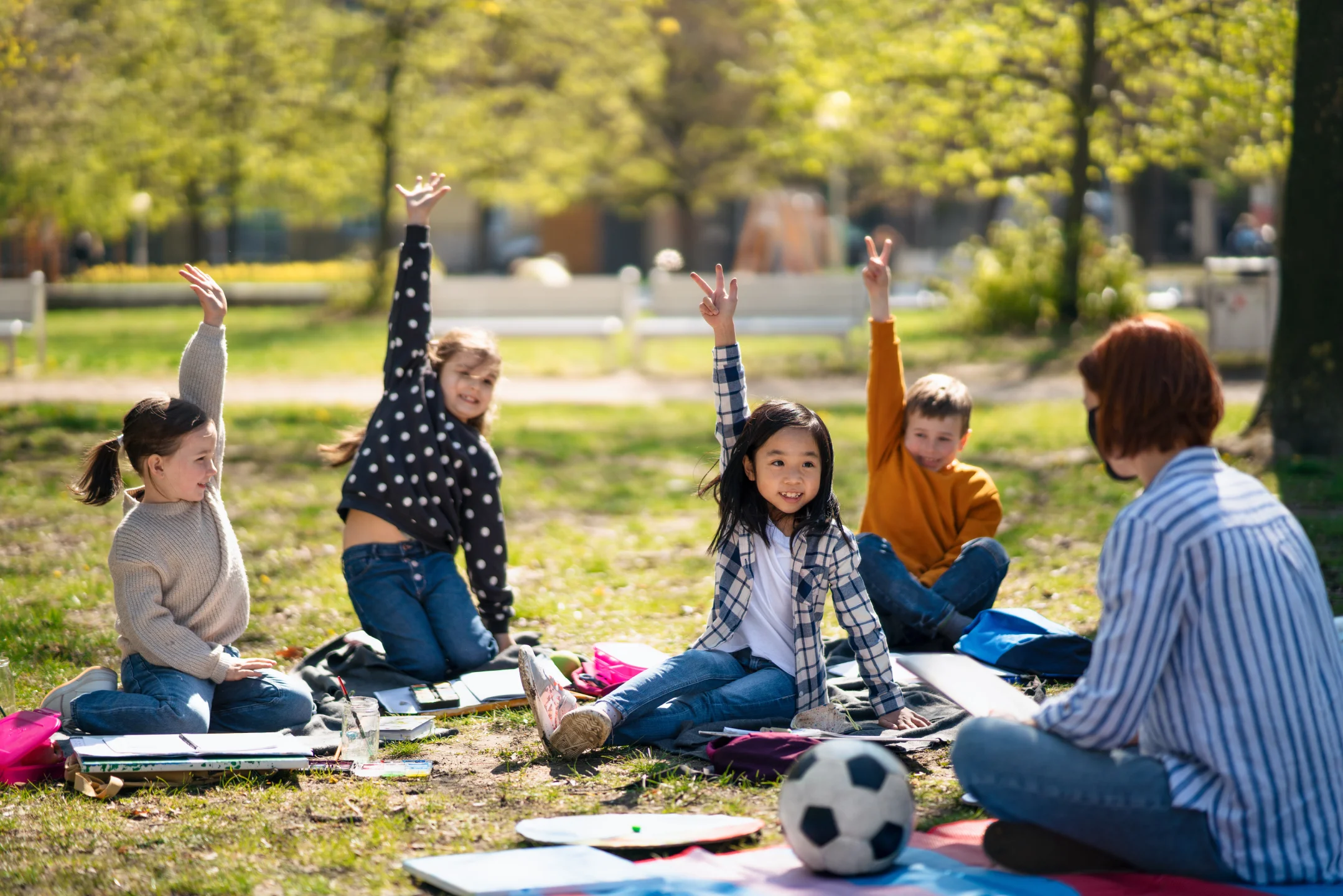

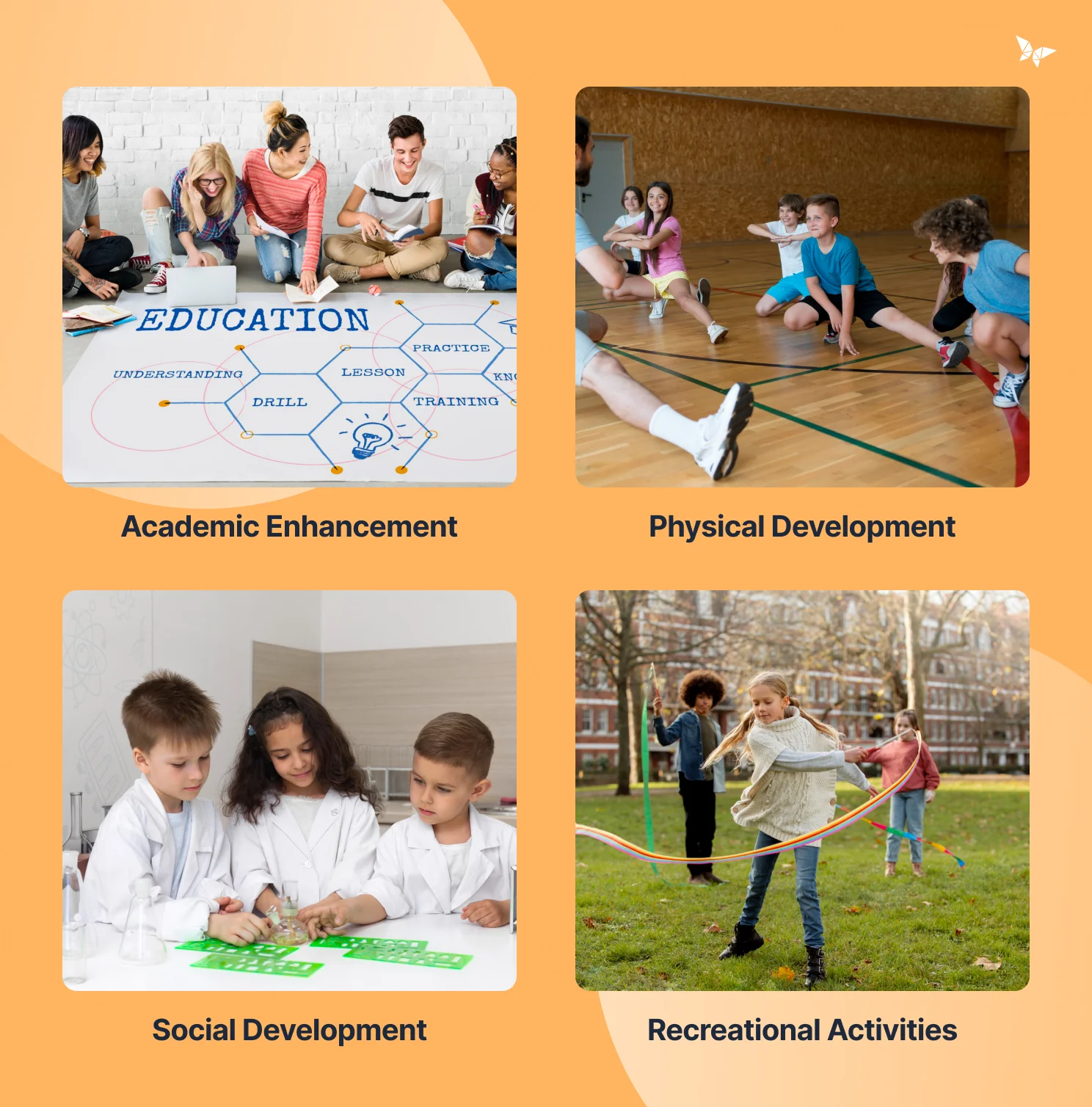

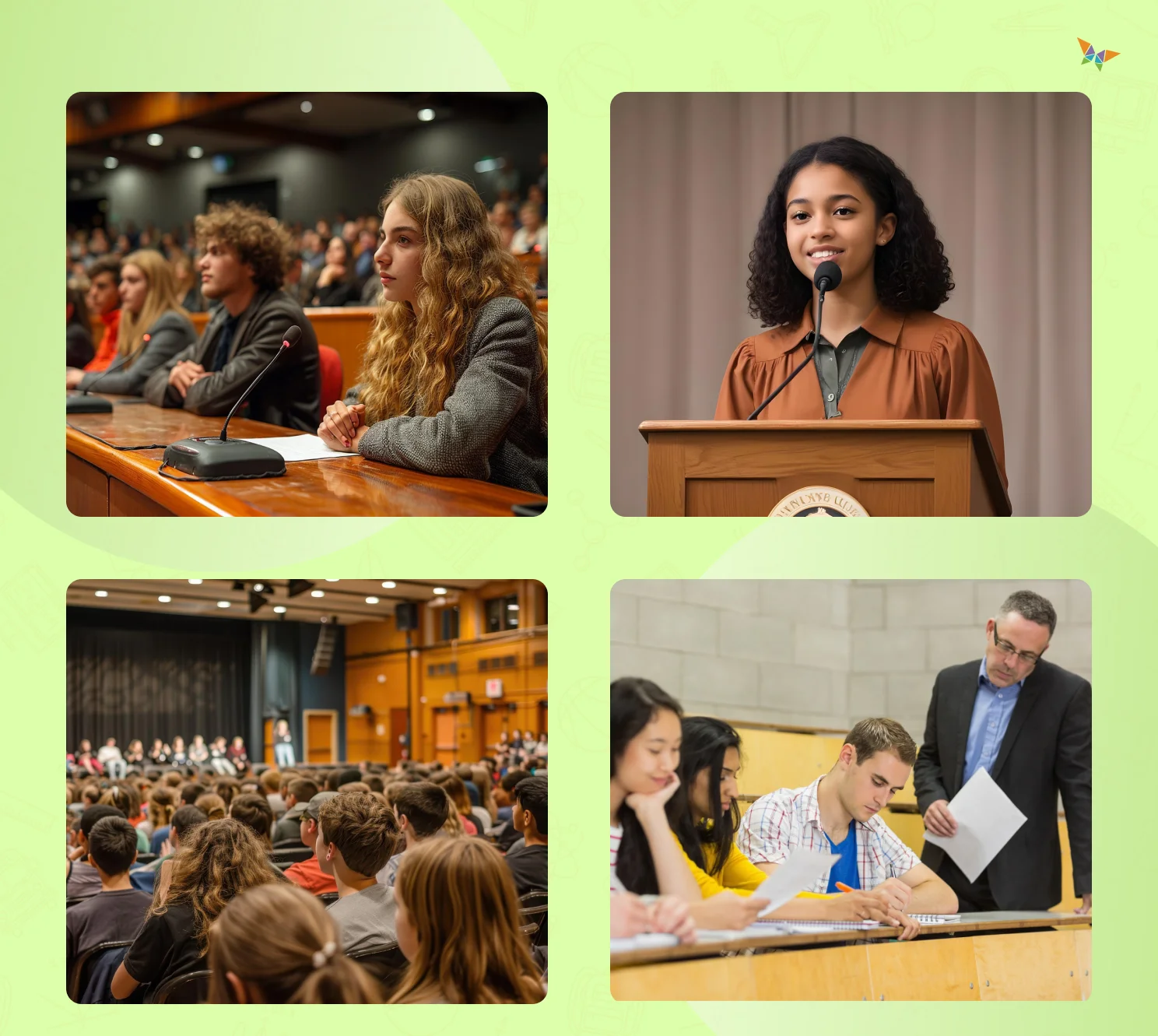
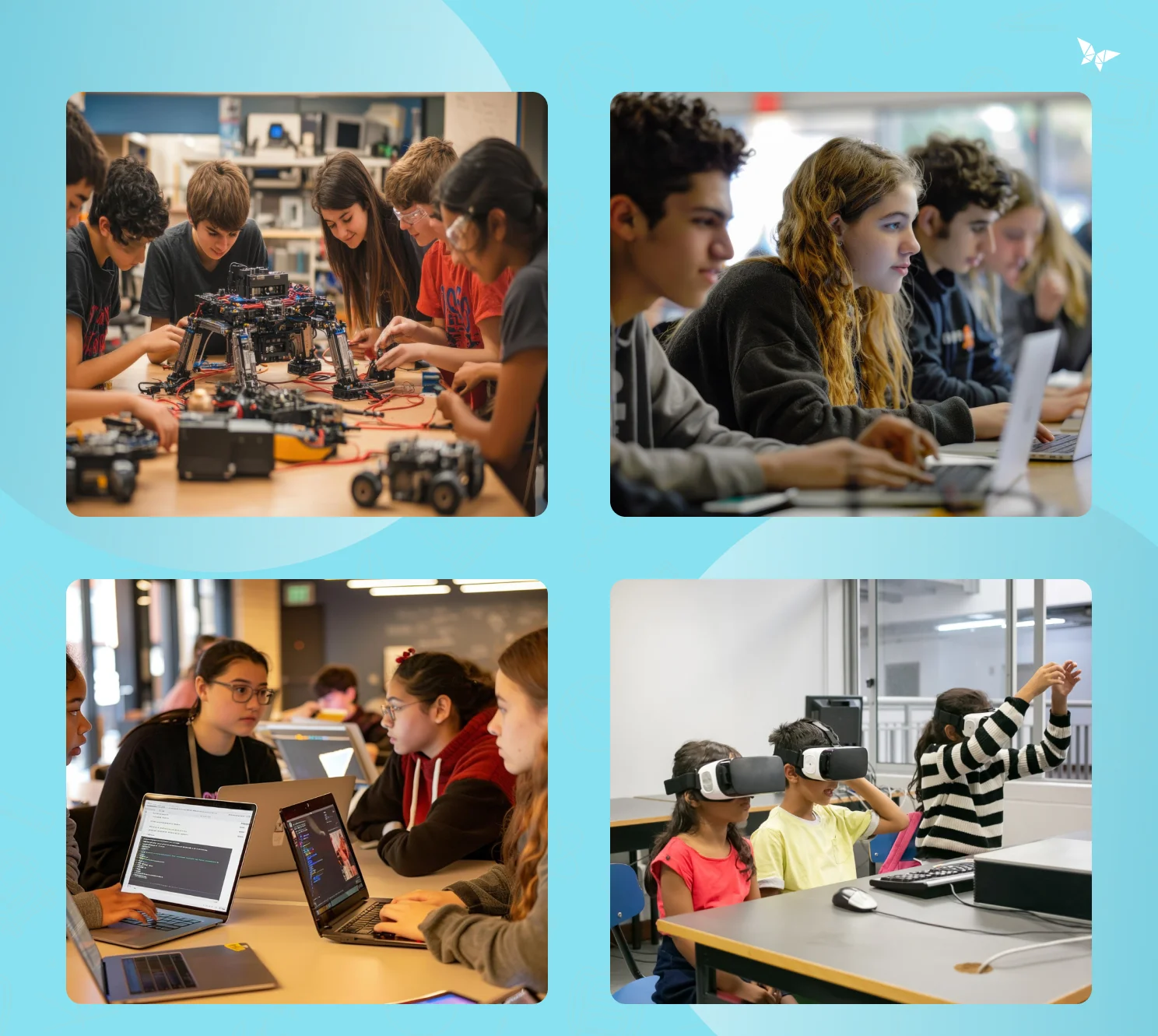
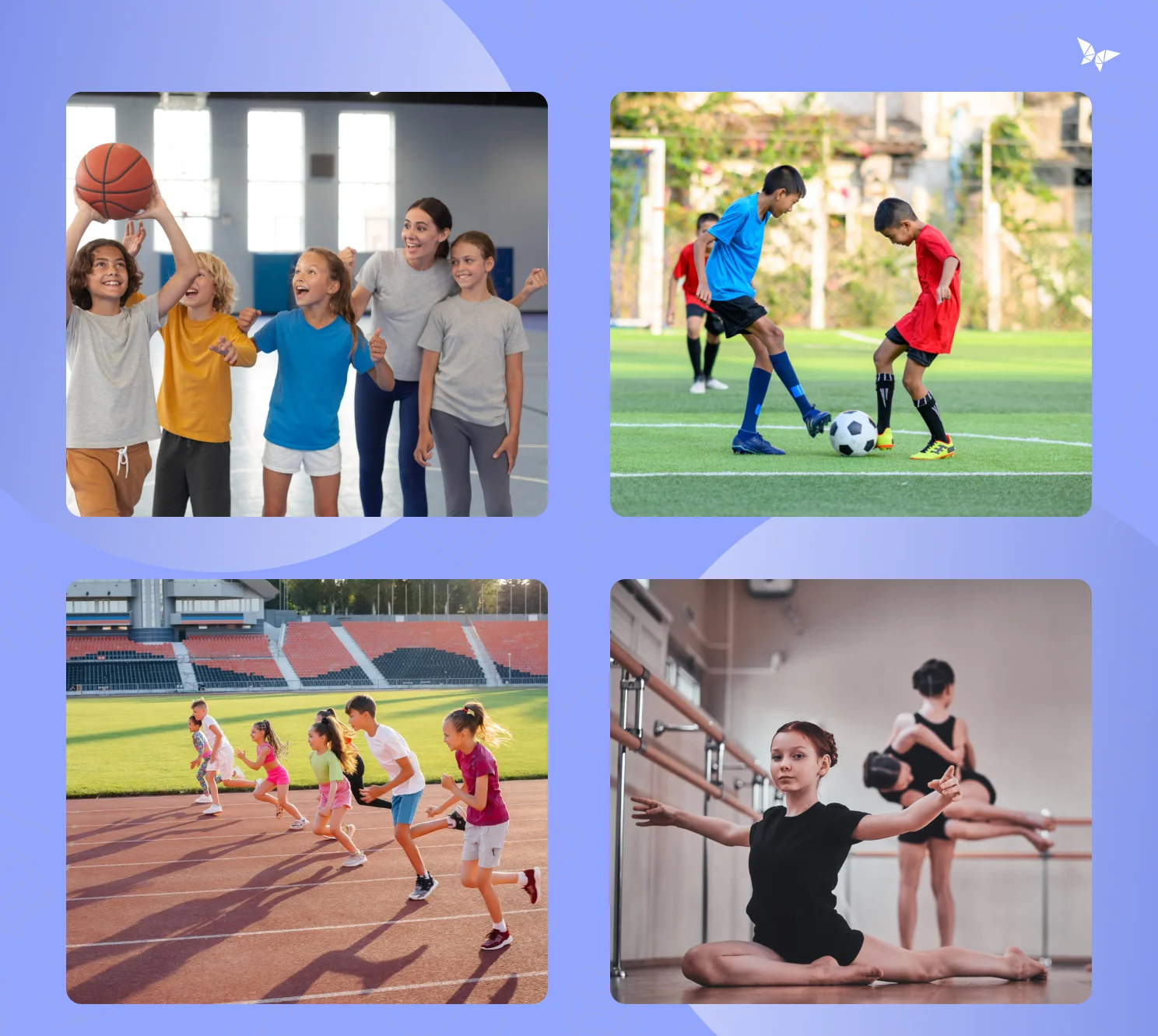
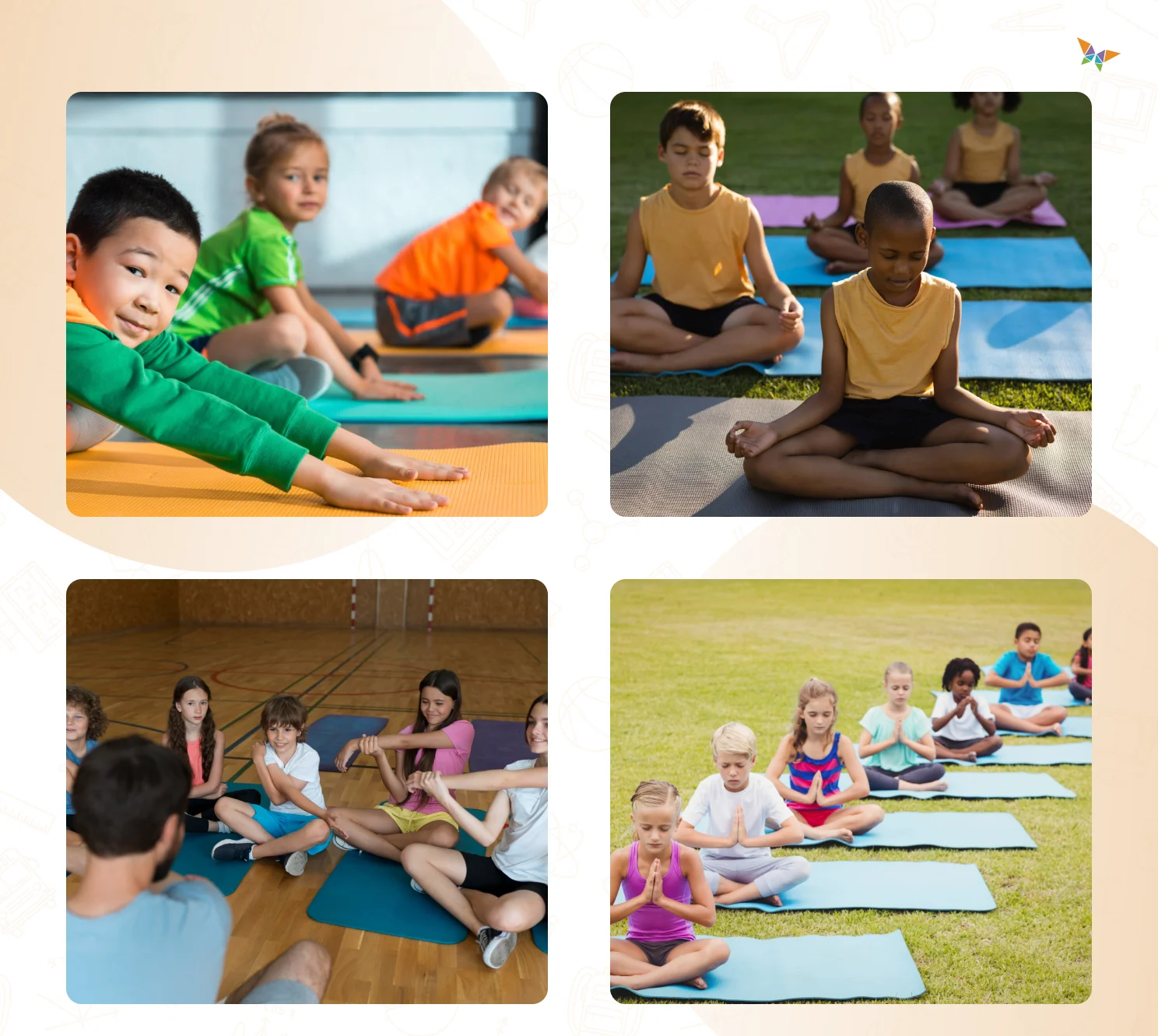
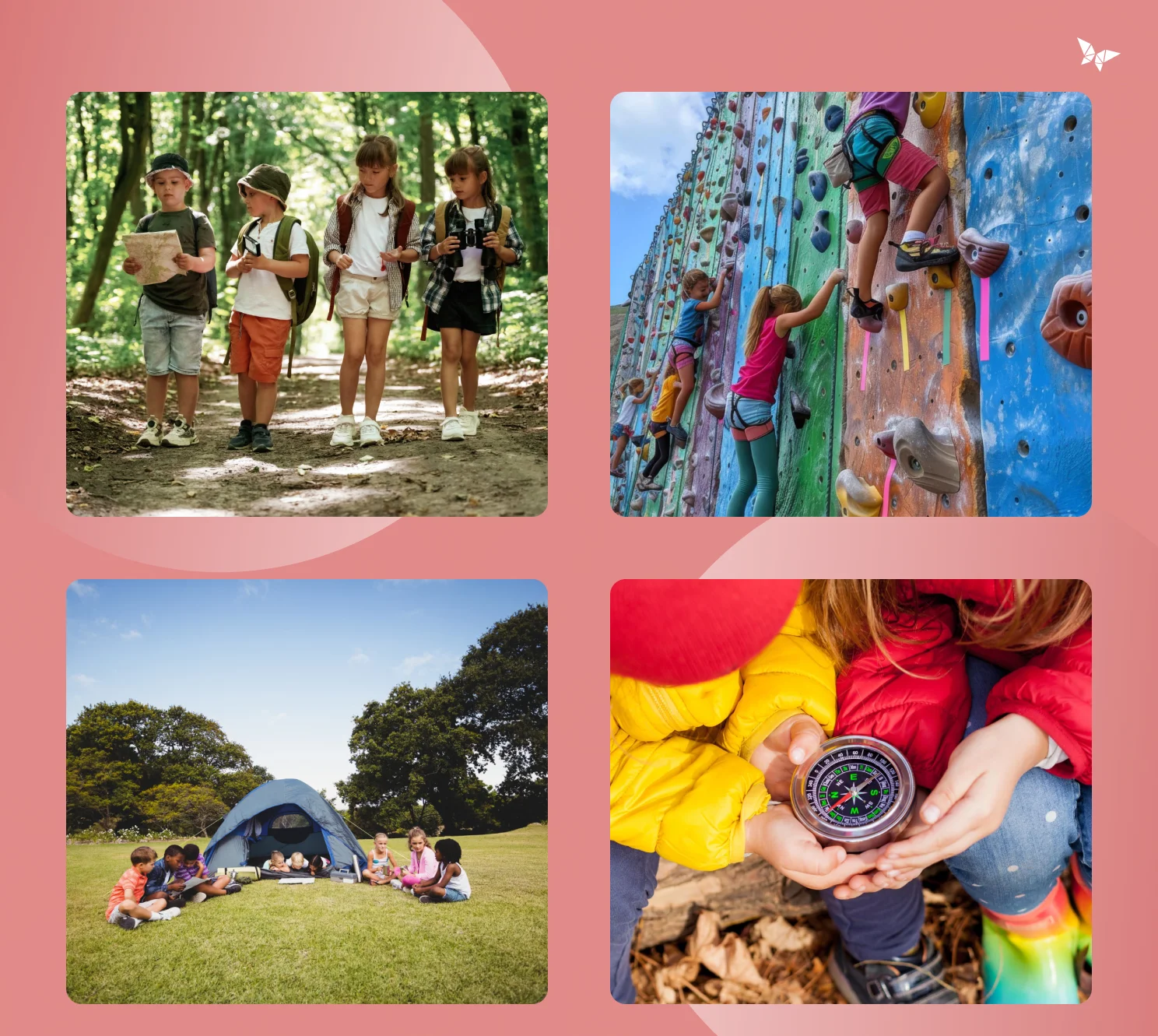

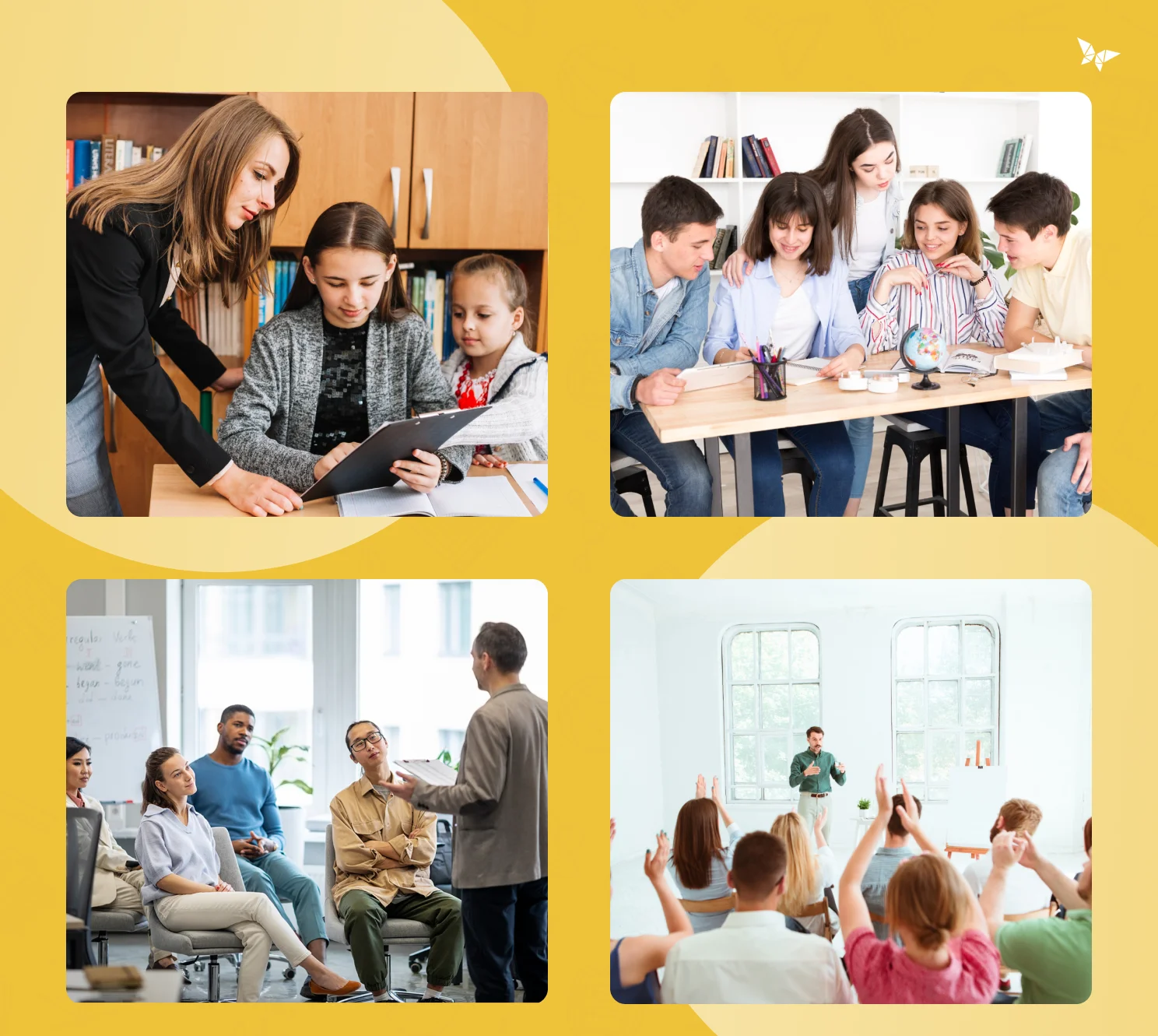
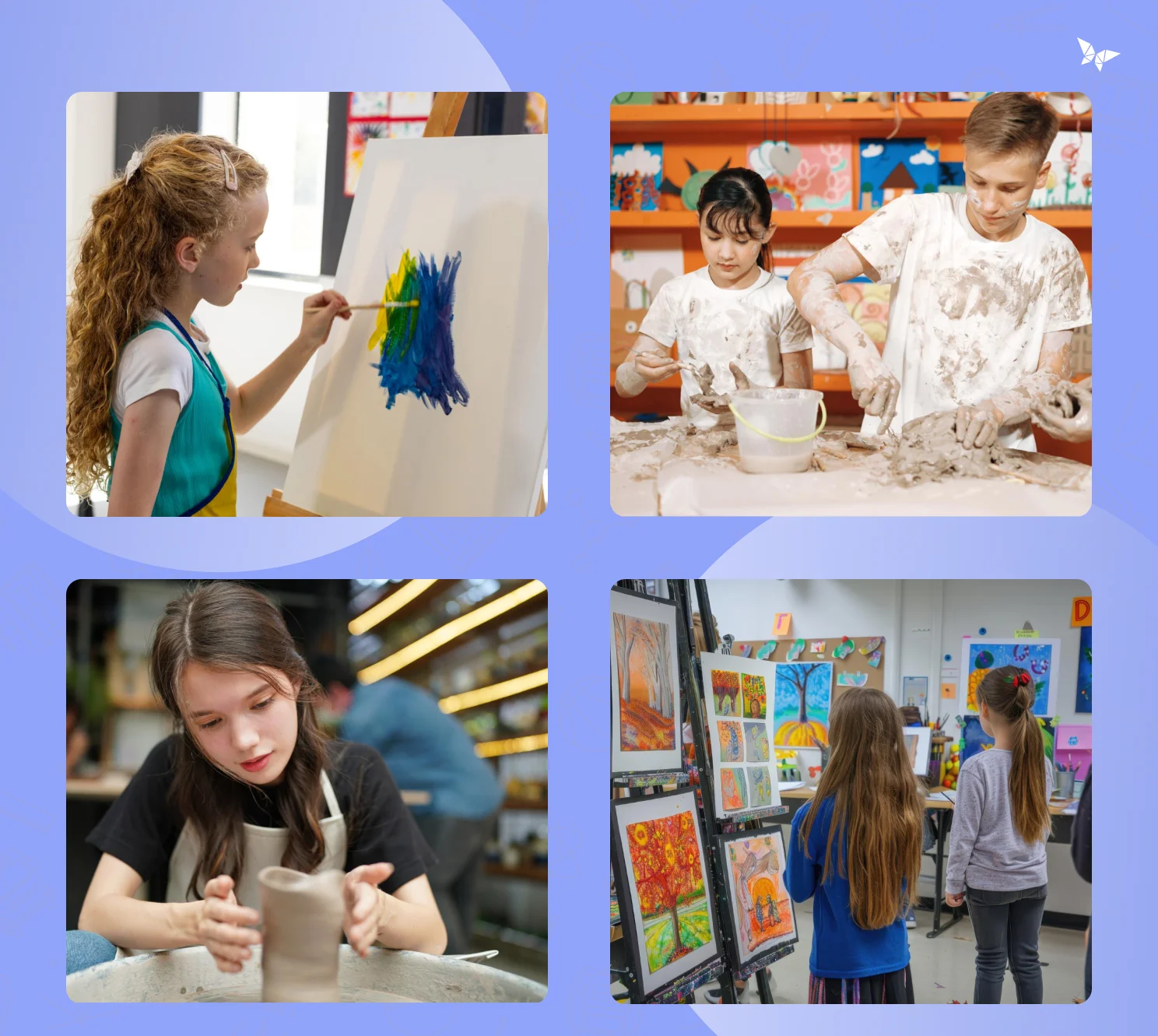
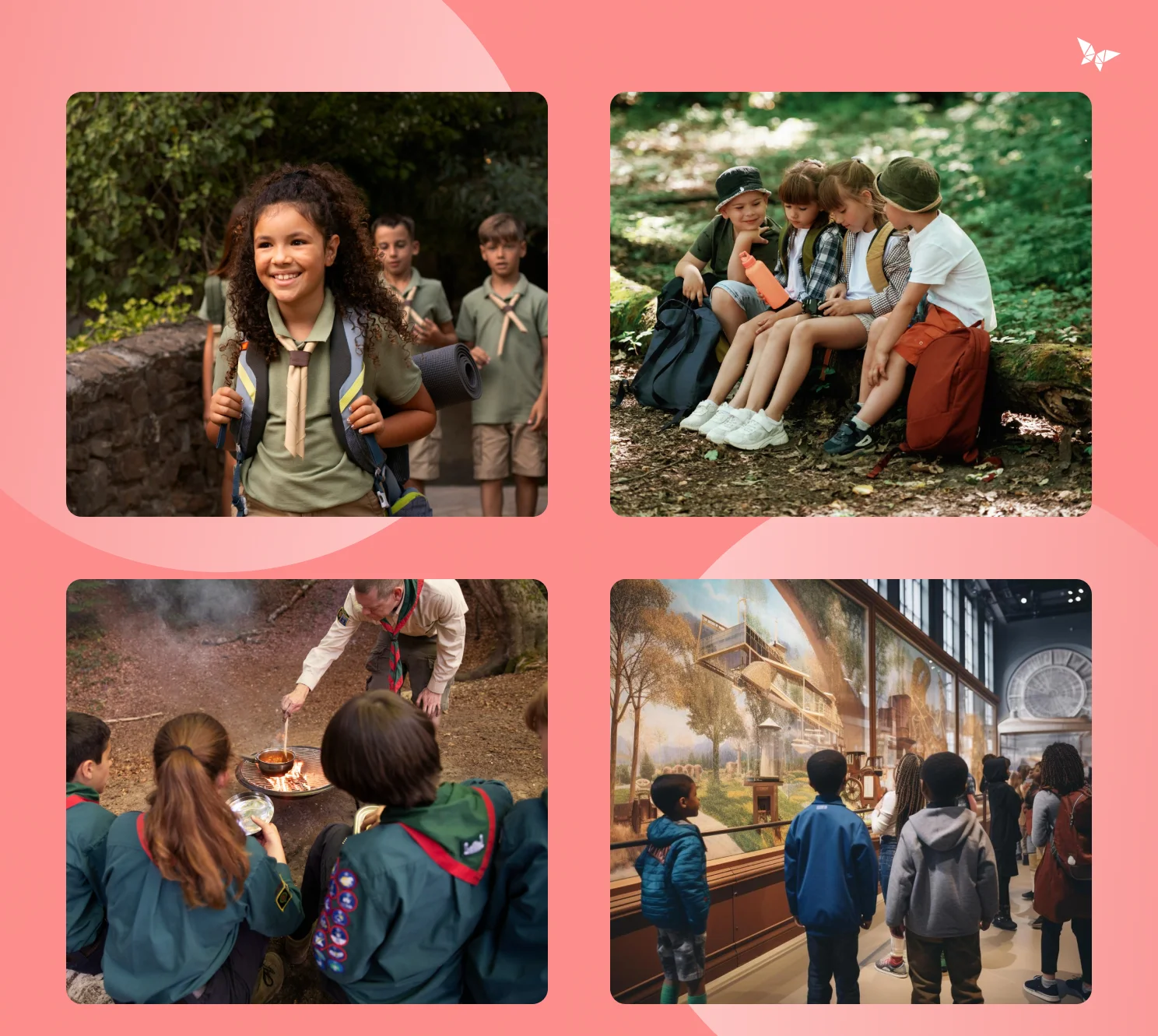



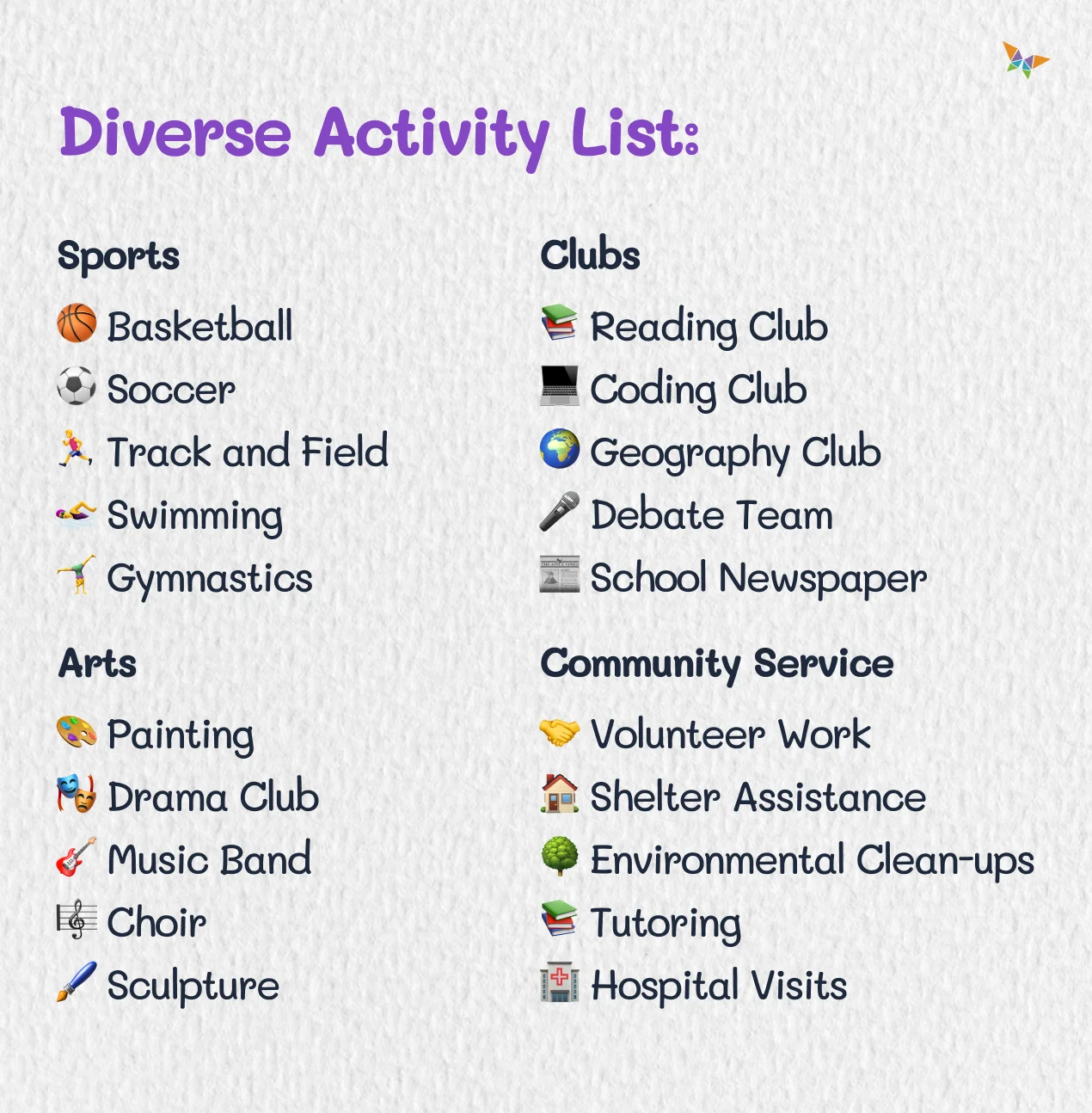

.webp)
